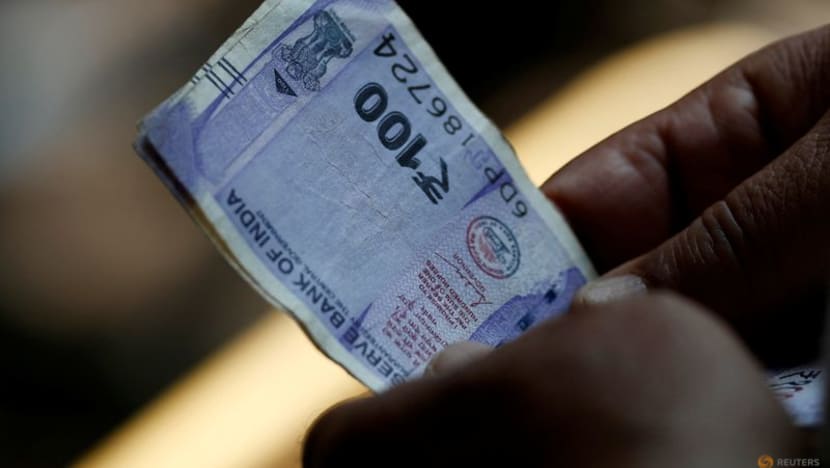

The Indian rupee and bonds are poised to be among the top three Asian beneficiaries of foreign inflows as tariff-related uncertainties subside, according to a Bank of America Securities (BofA Sec) executive. This projection is based on an anticipated shift in investor sentiment and India's strong macroeconomic fundamentals.
Several factors contribute to this positive outlook. Firstly, improved capital flows have been observed, with foreign equity inflows surging to $2.5 billion in the second quarter of 2024, a significant reversal from the $13.5 billion outflows in the first quarter. This indicates a renewed confidence among foreign investors in the Indian market.
Secondly, India's terms of trade have received a boost from lower oil prices, which have reduced the current account deficit (CAD) to a manageable 1.2% of GDP. This lower CAD decreases India's reliance on external financing, making it a more attractive destination for foreign investment.
Thirdly, the Reserve Bank of India (RBI) has adopted a proactive stance, implementing rate cuts in late 2023 and 2024. These cuts have incentivized equity inflows without triggering inflationary spirals, contributing to the stabilization of the rupee within a narrow band. The RBI's substantial foreign exchange reserves, which have grown to over $619 billion, further bolster confidence in the rupee's stability.
BofA Securities has revised its 2025 INR/USD forecast to 84, from a previous estimate of 87, signaling a notable shift in sentiment. Other financial institutions, such as MUFG and ANZ, have also raised their forecasts for the rupee, aligning with BofA's optimistic outlook. Algorithmic models, which were previously bearish on the rupee, now project a high probability of the INR/USD closing above 83 by the end of the year.
India's inclusion in global bond indices is expected to attract significant portfolio inflows, potentially exceeding $25 billion. These inflows will further strengthen the rupee's fundamentals and boost its appeal to foreign investors.
However, BofA Securities has also pointed out some near-term risks to India's long-term equity promise. Domestic institutional investor (DII) inflows have moderated recently, potentially reducing domestic support for equities. While foreign institutional investor (FII) inflows have rebounded, stretched valuations in the Indian market could deter future inflows.
Despite these risks, the overall outlook for the Indian rupee and bonds remains positive. The country's strong economic growth, fiscal prudence, and the RBI's proactive policies are expected to continue attracting foreign investment and supporting the rupee's appreciation. As tariff-related uncertainties ease, India is well-positioned to emerge as one of the top beneficiaries of foreign inflows in Asia.